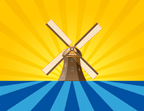River Thurne – West Somerton to Candle Dyke
The River Thurne rises near Martham Broad and flows for 5 ¾ miles to Thurne Mouth where it joins the Bure. The Thurne is open and often wind swept. To the north along Candle Dyke is Heigham Sound and Meadow Dyke which leads to Horsey Mere. Over to the north west is Hickling Broad the largest of all the broads on the Norfolk Broads.

West Somerton
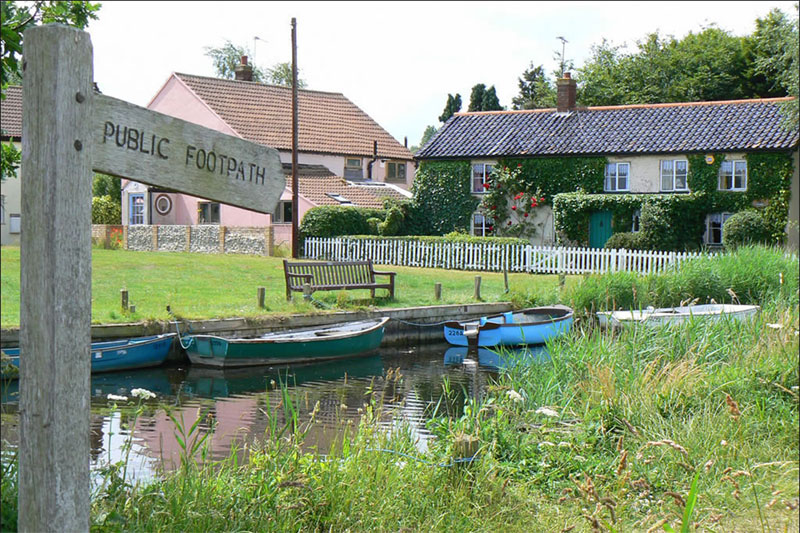
There are the Broads Authority 24 hour moorings and a water point in the dyke. The village staithe is reserved for residents of West Somerton and Winterton, but there is a good sized turning area at the head of the dyke. The Somerton Lion Public House is a 5 minutes walk from the village staithe. The water here is crystal clear, fish can be seen swimming through the weed. The nearby wind farm situated at Blood Hill was one of the first in the UK. It’s 10 wind turbines generate up to 2.25MW of power.
On leaving the dyke the river flows through Martham Broad, keep to the marked channel.
Martham Broad
The broad is very shallow and boats are limited to a narrow marked channel. The broad is a nature reserve of over 140 acres and is managed by the Norfolk Wildlife Trust. The broad is less polluted than others and so is very rich in aquatic life. Birds of all types can also be spotted and during the months of June and July the Swallowtail butterfly may be seen near its favourite food, Milk Parsley.
The river takes a sharp turn to the left with the Hundred Stream flowing into it on the right. Vast reed beds line both banks, to the left, the Blood Hill wind farm can be seen. Martham Dyke is on the left bank followed by Martham Chain Ferry, and Martham Ferry boatyard, the boatyard has now been completely refurbished with a new workshop, holiday home and moorings.
From here to Candle Dyke bungalows line the left hand bank.
Martham
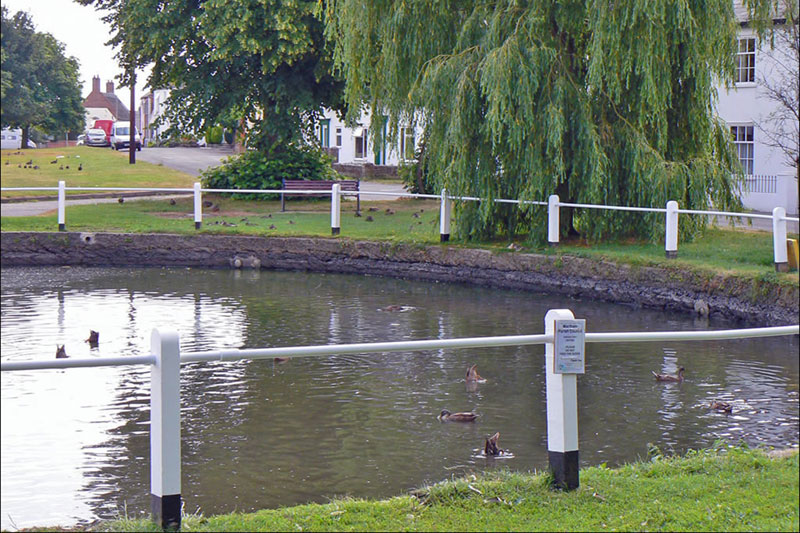
The attractive village of Martham with its fine Georgian houses around the green is well worth a visit. There are a good range of shops and two pubs.
Candle Dyke is a ¼ downstream of Martham Ferry and leaves the Thurne to the right. Keep straight on for Potter Heigham.
Keep to the marked channel through Heigham Sound. On the right at the north end of Heigham Sound is the entrance to Meadow Dyke, which leads onto Horsey Mere.
Meadow Dyke is narrow and in some ways reminiscent of the Ant. Mooring is possible, but care must be taken not to restrict the passage of other craft. Horsey Mere is very shallow, the deepest water can be found to the left of the old island. To the north east is Horsey Staithe
Horsey Mere
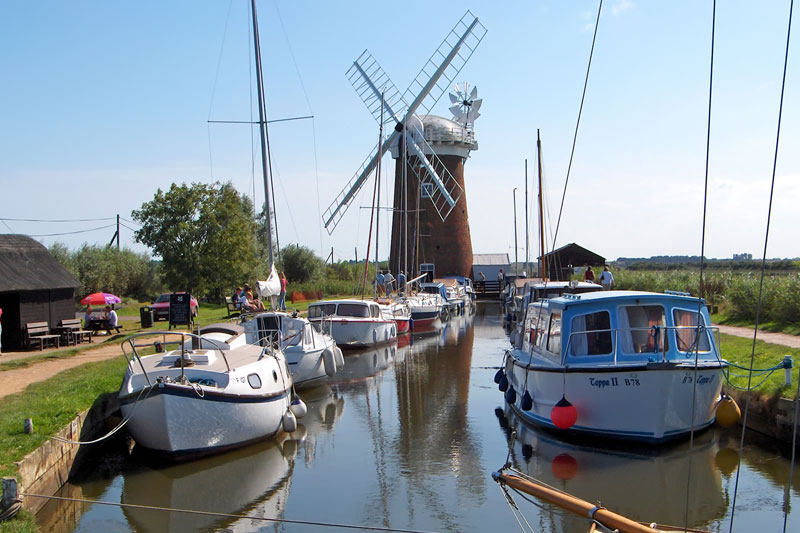
Horsey covers an area of over a 100 acres and was acquired by the National Trust in 1948. It is a popular place for migrating birds who over-
The village and dunes can be included in a circular walk from the staithe. The Nelson’s Head is a 15 minute walk from the staithe.
At the head of Heigham Sound is Deep-
Catfield Common
There are moorings at Catfield Common Staithe, but these waters are only really suitable for small craft. The village of Catfield is 1 ¼ miles to the west.
The marked channel now bends northwards towards Pleasure Boat Dyke and Hickling. Look out for small yachts and wind surfers (very fast). The houseboats of Whispering Reeds boatyard overlook the broad and are just to the right of the staithe. Keep clear of the sandy bay to the left on entering the dyke. Mooring is available on both sides of the dyke.
Hickling Broad
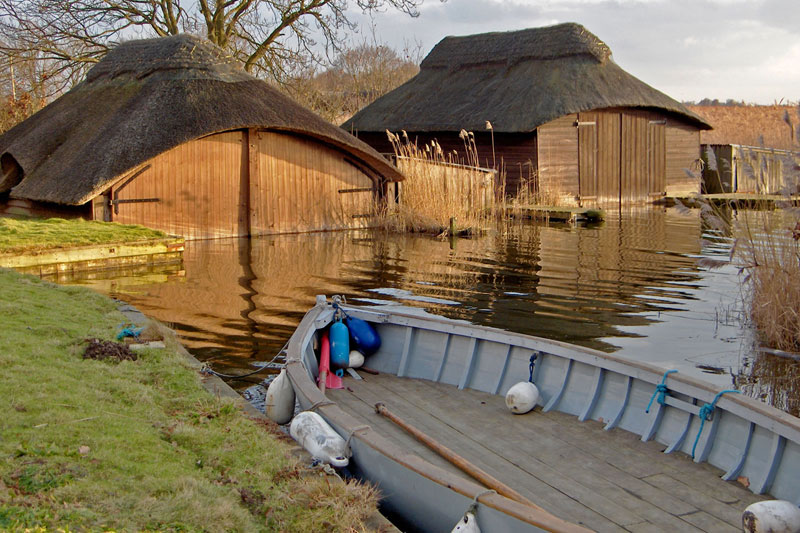
Covering over 370 acres of open water, Hickling Broad is the largest broad and forms part of a 1400 acre National Nature Reserve owned since 1945 by the Norfolk Wildlife Trust.
From the Pleasure Boat Inn Staithe a 20-
The visitor centre (fee) is open from April to September 10 am – 5pm (01692 598276). There are way-
The flora and fauna are encouraged by sensitive management of the marshland pools and reed beds. The astute visitor may see red shank, snipe, bittern and migrants like ospreys, green shank and the rare spoonbill. Hickling is also the place to see the swallowtail butterfly, the largest butterfly in Britain. The angler is also well catered for with some of the best pike fishing in the area. Visitors are asked not to disturb the wildlife or plant life.
The Greyhound Pub is in Hickling Green a 15 minute walk from the staithe.
River Thurne –
Unless otherwise stated all photos linked from this page are reproduced courtesy of www.TourNorfolk.co.uk
